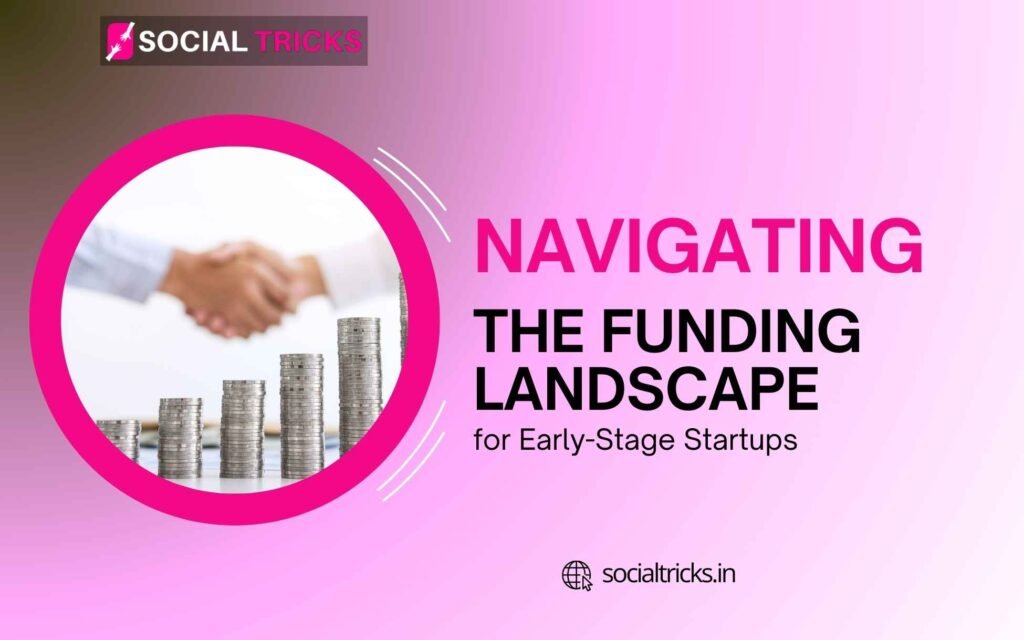Starting a new business gives a feel of an adventure; one of the biggest challenges early startups face is how to get money to enter the business. Money required to enter into the business is referred to as “funding.” Whether you want to build an app, open a shop, or start a different kind of service, it is important to know where you can get funds and how to use them.
What Is Startup Funding?
Startup funding refers to the cash raised by a new business for developing its product or service. The number of startup funding includes the following:
Creating its product or service.
Marketing to customers.
Hire employees.
Purchase equipment or rent space.
There are various other ways to create a startup fund. Let’s consider some of them:
The Types of Startup Funding
1. Bootstrap
Bootstrap means the initial funding is provided with your own savings. It is believed to be the most common as well as convenient mode of investment as it lets one have the full control of the trade.
Pros:
No debt.
You keep all ownership.
Cons:
Limited resources.
High personal financial risk.
2. Friends and Family
It is common for some entrepreneurs to approach family and friends for financial assistance. It may be in the form of a loan for operating capital or a business investment.
Pros:
An easier way to obtain funds.
Flexible terms.
Cons:
Risk of harming personal relations.
3. Angel Investors
Angel investors are basically wealthy individuals who invest their own money in startups, while helping with advice and providing connections.
Pros:
Access to experience and mentorship.
Higher funding values as opposed to friends or family.
Cons:
Will need to give up ownership.
4. Venture Capital (VC)
These companies grant fast-growing startups an command over the money exchange for ownership stakes as well as decision commands. VC firms are usually those with substantial financial amounts to put at the beginning operations of the company.
Pros:
Considerable funding.
Connections to expertise and professional networks.
Cons:
Loss of control.
Pressure to deliver high returns.
5. Crowdfunding
Entrepreneurs can attempt to raise money using websites like Kickstarter or Indiegogo, which have large numbers of online viewers. Contributors may then receive something in rewards, or even an equity.
Pros:
Builds awareness and support among the community.
Validates your idea early.
Cons:
Time-consuming.
It’s in the hands of one’s marketing efforts.
6. Government Grants and Loans
Government sometimes offers grants or loans at low interest for startups in certain business categories.
Pros:
Equity unharmed.
Low repayment cost (if it’s a loan).
Cons:
Competitive application process.
Restrictive conditions imposed on how money should or should not be utilized.
Preparing for Funding
Equip yourself thoroughly before going to soliciting for funding.
1. Prepare a business plan
A business plan lays bare your idea, your objectives, and also the way to make money. Among its key parts are the following:
Market research.
Target audience.
Projected account.
Funding needs.
2. Make a Prototype
Manufacture a basic representation of your product if possible. Such effort is one of the attributes that really speak during investment.
3. Network
Frequent those places filled with startup people like startup events and forums while trying to reach out to mentors. You might meet an investor or a potential partner.
4. Pitch
Because you only have a short time within which you’ll have to convince investors concerning the worth of your startup, you must keep practicing on how to explain to them your concept.
Statistics on Startup Funding
63% of startups bootstrap their seed capital.
2023 was a year in which total venture capital investments worldwide reached $415 billion.
Successful crowdfunding efforts have been from short campaigns with a success rate of more than 22 %.
Angels invest in ranges from $25,000 to $100,000 per startup.
Commonalities when It Comes to Getting Funds.
1. Denial
Stacks of startups are going to face refusal at the door by potential funders. This is quite normal so, don’t stop!
2. Lack of Experience
There are initially many entrepreneurs who lack proper pitching skills which is why they also shy away from prospective investors.
3. Competition
It might be difficult out there to get the investor’s attention because there are too many lights shining at them.
Tips for Early-Stage Startups
Begin small-achieve high.
Identify a major problem at hand.
Put together a team of excellence.
Be frugal from the start.
Have a failover plan.
Summary
Maneuvering through the finance landscape, this is one of the most important starting phases for early startups. By understanding the options that are occupied by getting funded and preparing thoroughly, you can up your chances of success. Because the truth remains that every big company started somewhere, and in any size lays a great idea that has to be funded to take it through the first yards.


